Sometimes it doesn’t take much more than a summer storm knocking out the electricity for a few hours or scary news coverage of home evacuations during a wildfire to get you thinking seriously about an emergency plan. Packing an emergency kit — a smart combination of tools and supplies that can sustain your family and keep you relatively comfortable in case of a crisis — is an integral part of any disaster preparedness plan. There’s no time like the present to start pulling yours together.
While pre-assembled emergency kits from retailers like Amazon and Walmart as well as startups like Judy and Preppi exist, we think no one knows better than you what your family will need in the event of an evacuation or crisis. Ready-to-buy packs won’t include diapers, your passports, or your backup pair of glasses. Packing your own DIY kit means you can control the quality of the items included, like choosing a solar-powered phone charger instead of a one-time charger block or investing in a portable water purifier instead of opting to lug heavy gallon-size jugs of water.
If your packing list includes items that you use every day — like sensible shoes, a computer, an extra pair of glasses, or a warm jacket — you don’t have to pack them away yet. Just write a short secondary list of the things you need to gather at the last minute, and keep it handy for when the time comes.
This content is imported from {embed-name}. You may be able to find the same content in another format, or you may be able to find more information, at their web site.
When putting together a disaster survival kit, the first decision to make is what kind of container will work best for you. You may be using the supplies at home after a simple power outage, but there’s also a chance that you’ll need it while on the move (hence the term "go bag"). City dwellers may want to divide the items into a couple of backpacks that you can split between family members in case of evacuation. If you have more space and access to a car, you can opt for plastic storage bins that can be stored in the garage and then carried into the trunk. Whichever option to choose, include an itemized emergency kit list in the backpack pocket or taped to the lid of the bin so you’ll know what’s where.
Ideally you want to pack these kits and leave them ready and untouched until needed. In reality, though, you will probably end up digging inside to get cash for the babysitter or to grab something you need from the first-aid kit. Just be diligent about replacing the purloined items as soon as possible. And post a yearly reminder in your family calendar so you can make sure everything is still unexpired and up-to-date.
Including items from the basic lists compiled by the Red Cross, FEMA, and the Centers for Disease Control and Prevention (CDC), we’ve put together a practical checklist of necessities and nice-to-haves in case of an emergency, including some product recommendations from the experts in the Good Housekeeping Institute.
Here's a complete list of basic supplies to keep in your emergency kit:
•Enough water for three days. Experts recommend at least a gallon of water per person per day. You can tote the full supply in pouches or jugs, or opt to treat water on the go with lighter options like portable water filters and water purification chemicals. The Lifestraw is widely recommended by both humanitarian groups and hardcore campers, but while it's great for personal use, it's less practical for groups or for cooking purposes (you'll need containers if you plan to use it to clean water for a group). Meanwhile, the Survivor Filter PRO works quickly to remove serious impurities and, at eight ounces, is very portable. After being triple-filtered, the water can be decanted into water bottles or used for cooking. Finally, chemical treatment products like Aquamira Water Treatment Drops are lightweight and easy to pack, and you can treat the water right in any portable bottle.
•Water bottles. You’re going to want a good water bottle that’s unbreakable, easy to clean, and long-lasting. The Good Housekeeping Institute recommends the S’Well stainless steel vacuum-insulated bottle.
•Enough food for three days. Stock a selection of non-perishable, high-protein foods like healthy canned goods (beans, tuna, salmon, chili, peanut butter, mixed nuts, fruit in water) that you don’t need to cook, as well as powdered milk and shelf-stable snacks like dried fruit, dry-roasted edamame, and your favorite protein bars. When it comes to canned goods, it's best to look for low-sodium options, and cans without BPA lining, if you can find them.
•Mess kits. Eating out of cans gets old fast. Barbeqa's four-person camping set includes plates, bowls, cups, and sporks, is made from BPA-free polypropylene, and comes in a handy mesh bag.
•A waterproof Ziploc bag of important documents and money. In addition to a paper map of your area, make sure you have you and your family's passports, bank account records, insurance policies, a paper list of phone numbers and addresses of friends and family, medical and prescription information, as well as cash and/or travelers' checks.
•First-aid essentials. No emergency kit is complete without a reliable first-aid kit. The First Aid Only 299 Piece All-Purpose First Aid Kit is comprehensive, compact, and impressively organized. With 299 pieces, including bandages, cold packs, and pain meds, you'll be ready for any cut, burn, or other minor injury.
•Miscellaneous health and hygiene supplies. In addition to a first-aid kit, you'll want a supply of N-95 masks, disinfectant wipes, baby wipes, diapers, personal hygiene items, bleach, and trash bags on hand.
•A multi-use tool. The best ones come with everything from scissors and a can opener to pliers and screwdrivers. While it's not cheap, the Leatherman Free P2 is no flimsy keychain accessory. Its 19 stainless steel tools are full-size so you won’t be fiddling around with teeny blades and puny pliers. Still, at at 7.5 ounces, it’s not too heavy.
•Duct tape. A roll of waterproof sticky stuff is perfect for quick fixes and McGyver-worthy modifications, so stock up on Duck Max Strength Duct Tape.
•A crank-powered radio. During an emergency — especially a weather-related disaster — a radio is the best way to get reliable updates. The Midland ER210, Emergency Compact Crank Weather AM/FM Radio is a compact and sturdy option that offers 45 minutes of radio for just one minute of hand-cranking and it features a powerful flashlight component, too.
•A headlamp. In case of power outages, not only does the top-rated Black Diamond Spot 325 Headlamp run for 12 hours on AAA batteries, its very handy dimmer switch means you can look up from a task without blinding your companions.
•Portable lighting. Keep everything illuminated with LuminAID Solar Inflatable Lanterns. These surprisingly attractive lanterns pack flat, power up quickly, and a full charge can supply up to 24 hours of light. The LuminAID is waterproof and, when in turbo mode, it puts out a respectable 75 lumens to work by.
•A reusable phone charger. Several of the most popular ready-to-buy emergency kits include one-time phone chargers, but an efficient, folding solar panel charger can be used repeatedly. The Good Housekeeping Institute recommends the Big Blue 3 Solar Charger, which has three USB outlets that can charge several devices simultaneously.
•Lightweight, waterproof blankets. Full-size sleeping bags aren't easy to carry around, so opt for a supply of SOL (Survive Outdoors Longer) Emergency Blankets instead. These affordable lightweight blankets reflect 90% of your body’s heat back and, bonus, won’t tear as easily as Mylar blankets.
•Waterproof matches and/or firestarters. You'll need a source of heat in case of power outages. The Kräftig Fire Starter is good for 20,000 strikes, meaning it will last much longer than a pack of waterproof matches.
• A whistle. In the event you lose cell service or battery power, a whistle can help alert emergency rescue crews to your location in hazardous conditions.
•Pet supplies. Don't forget about your pets — include three days' worth of dry food, any meds, collapsible plastic bowls, and litter box supplies.
•AAA batteries. A best-seller on Amazon, this 48-count pack of Energizer AAA batteries is a great deal — take note that Energizer claims these batteries will last up to 10 years in storage.
Everyday items to add to your gather-at-the-last-minute list:
- Prescription medications (On the list, include each individual prescription so nothing gets left behind. Try to keep at least two weeks' supply on hand at all times.)
- Driver's license
- Eyeglasses and contact lenses
- Good walking shoes
- Clothing that works in all weather (Include a base layer, a layer for warmth, and a breathable waterproof outside layer.)
- Phones and charging cables
- Infant formula
This content is created and maintained by a third party, and imported onto this page to help users provide their email addresses. You may be able to find more information about this and similar content at piano.io
"emergency" - Google News
August 12, 2020 at 04:27AM
https://ift.tt/3kClOAo
Best Emergency Preparedness Kit Items 2020 - Emergency Kit List - GoodHousekeeping.com
"emergency" - Google News
https://ift.tt/2VVGGYQ
https://ift.tt/3d7MC6X
emergency
Bagikan Berita Ini
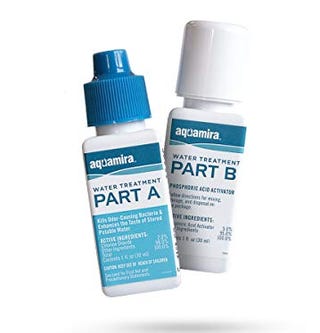
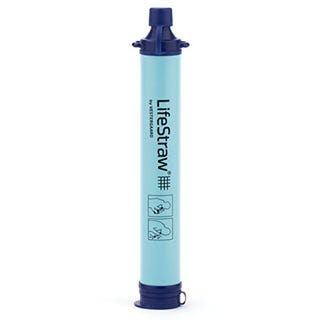

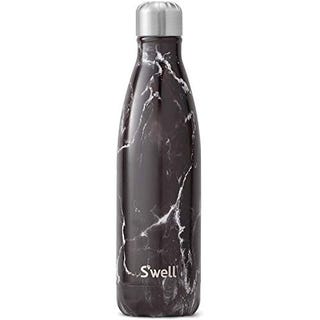
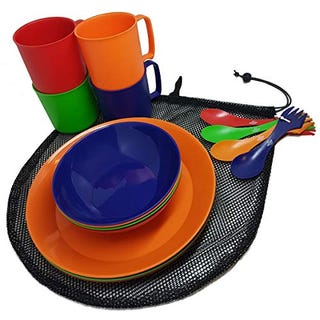

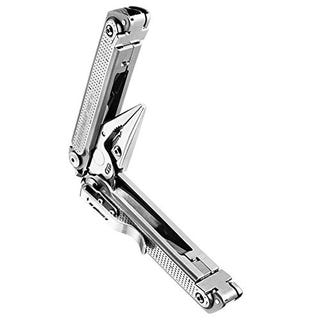

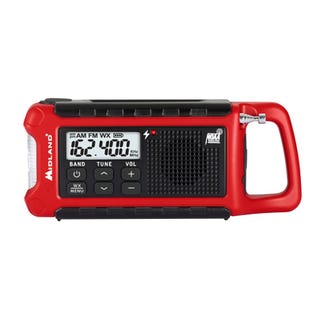
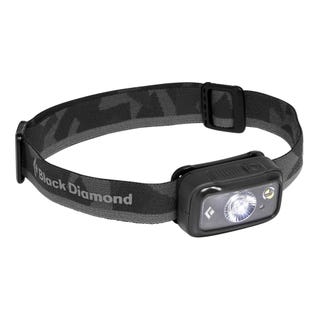



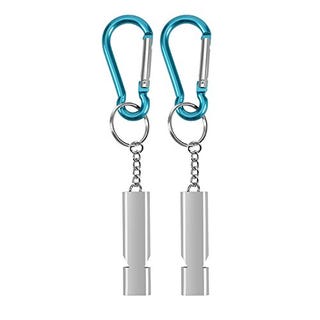
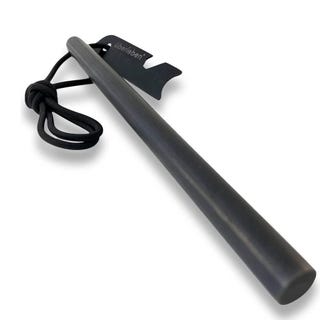
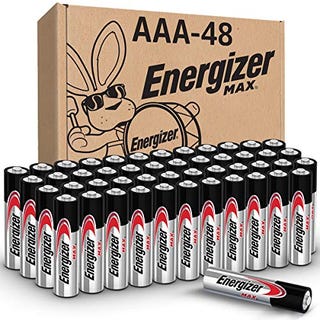















0 Response to "Best Emergency Preparedness Kit Items 2020 - Emergency Kit List - GoodHousekeeping.com"
Post a Comment